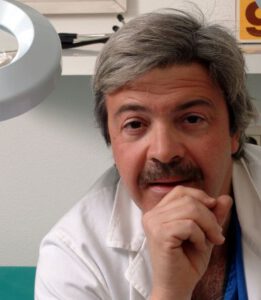Prof. Marco Klinger is director of the School of Specialization in Plastic
HOW CAN WE HELP YOU?
Main contact
+39 02 8224 7044(Outpatient Appointments)
+39 02 8224 7042(Inpatient Admissions)
If you need more information, please contact us by phone.
Centers
Check up & Diagnostics
02 8224 8224
Cardio Center
02 8224 4330


